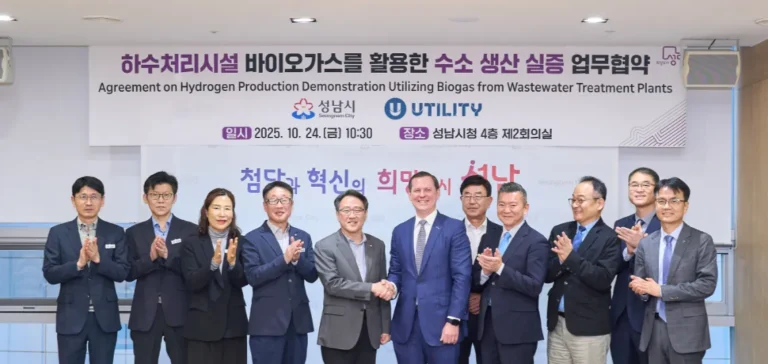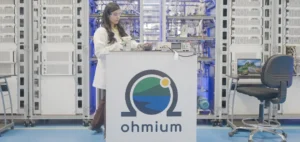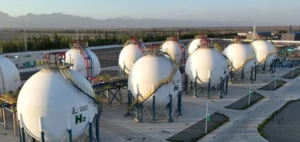A new ammonia production system developed by a team of researchers could reduce greenhouse gas emissions by up to 63% compared to currently labelled “low-emission” methods. This proposal is based on a new industrial integration: placing a “blue” ammonia production plant next to a “green” facility to mutually exploit their by-products.
An optimisation lever through resource sharing
Ammonia is a widely used chemical, primarily in agriculture as nitrogen fertiliser, but also in certain industrial processes linked to plastics and textiles. Its production, mainly based on the Haber-Bosch process, relies on methane use and generates a significant share of emissions from the global chemical sector. The innovation here lies in coupling carbon dioxide (CO₂) capture technologies from blue facilities with water electrolysis used in green facilities, enabling efficient recovery of residual oxygen.
In a green plant, water electrolysis releases a large amount of oxygen usually vented into the atmosphere. Blue plants, on the other hand, require pure oxygen for their autothermal reforming process. Grouping both types of units therefore allows for economies of scale, limiting waste and reducing the need for additional oxygen production infrastructure.
Economic implications for the industrial sector
The high cost of low-carbon ammonia remains a barrier to its widespread adoption. Sharing resources between both facility types could improve the economic viability of this alternative, especially in regions without access to cheap decarbonised electricity. The proposed model thus aims to be a transitional phase toward a market dominated by green ammonia, still scarcely deployed at industrial scale.
The development of such hybrid structures could also meet growing demand for ammonia, now extending to the maritime transport sector as an alternative fuel. Tests are underway on trucks, barges and drones, and the International Maritime Organization is currently examining regulations likely to promote its use in freight shipping.
Obstacles to overcome before commercial deployment
Despite technical and economic potential validated through modelling, no industrial facility of this type has yet been built. Researchers acknowledge that a first implementation would inevitably raise operational challenges related to startup and coordination between both units. A patent has nevertheless been filed for this configuration, and the study suggests a model economically more attractive than existing standalone facilities.
The scale of emissions from the ammonia sector makes it a priority target for large-scale industrial transformation projects. According to independent experts, this integrated approach, by improving efficiency and lowering costs, could represent a significant step toward sector modernisation while making investments more accessible.






















